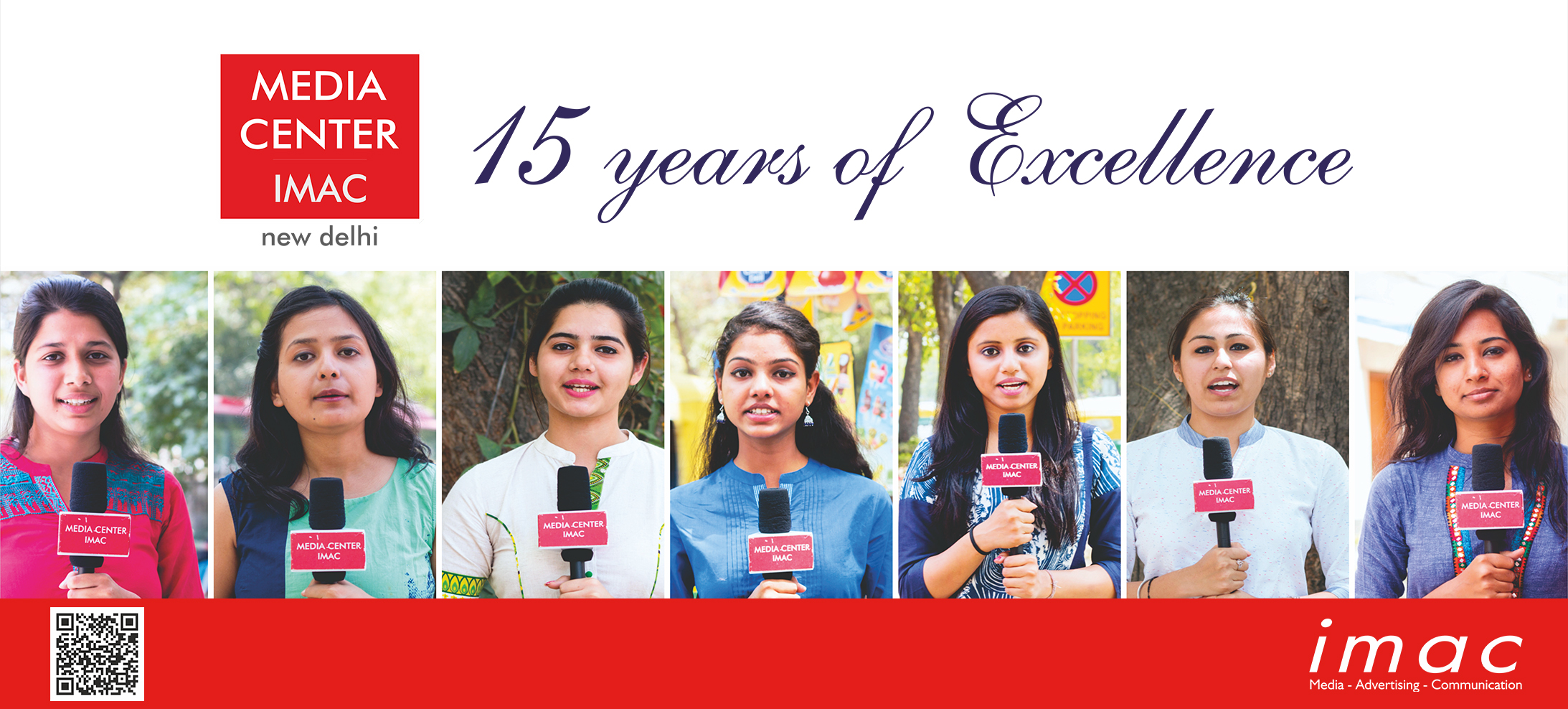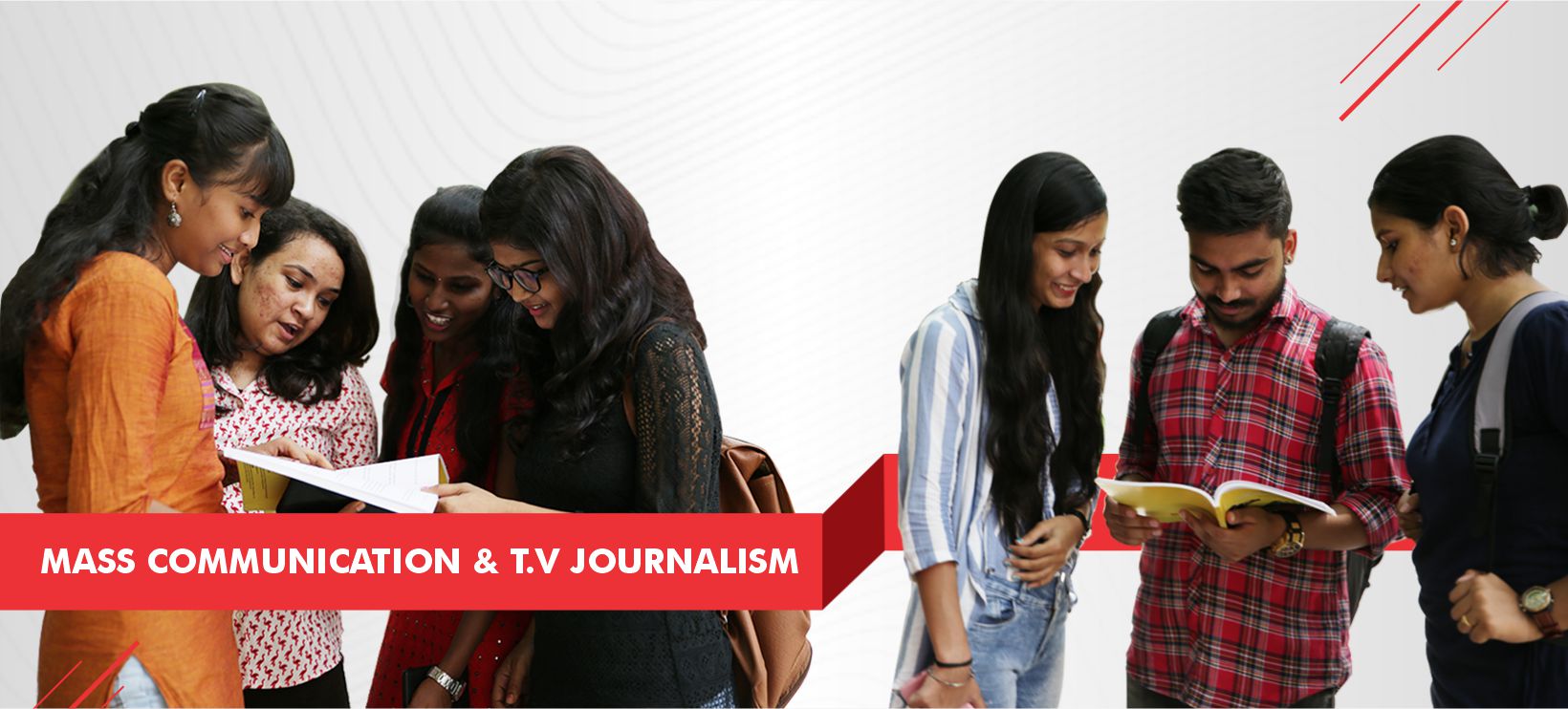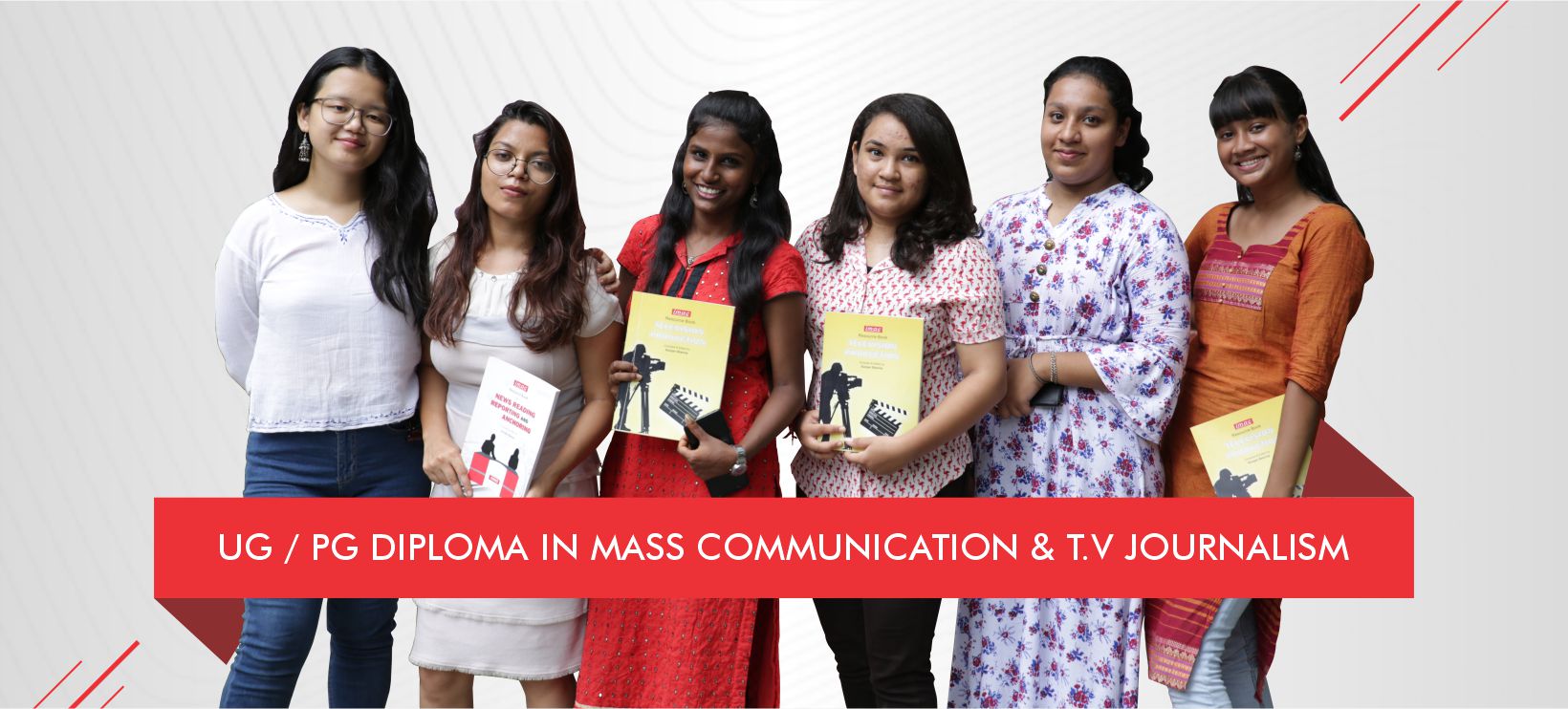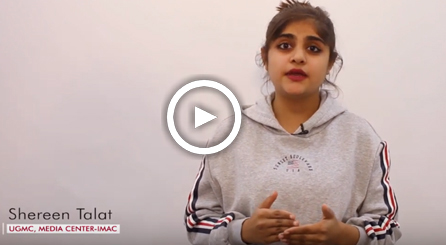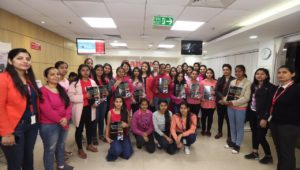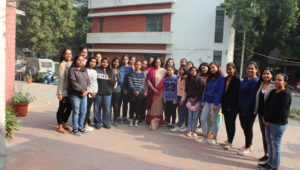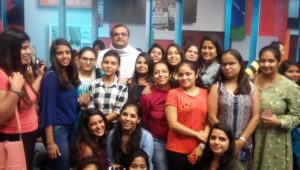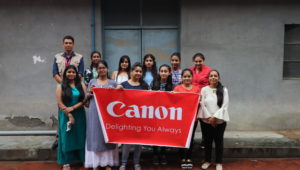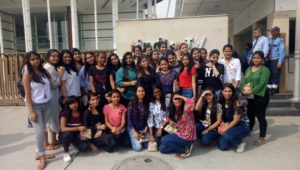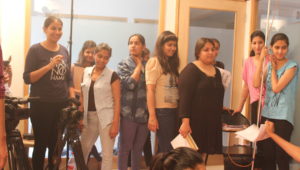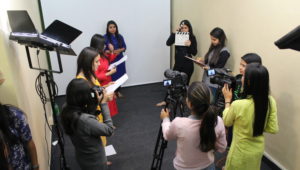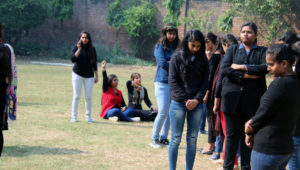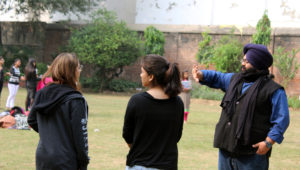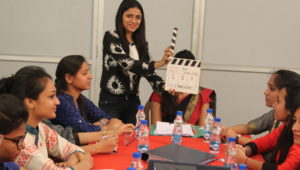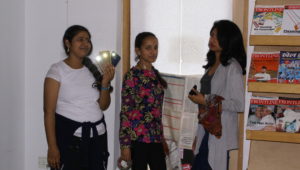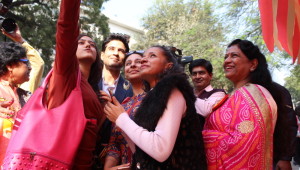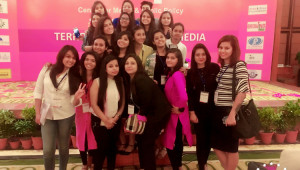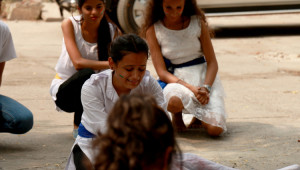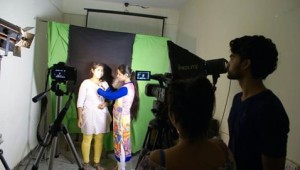Once the facts are composed, plan prepared, information has to be communicated to the people to attain the desired objectives. A PRO is therefore, called upon to communicate to a heterogeneous population who has a vast variety of tools at his disposal. There are two facets of communication: One, the physical transmission of a message and two, to bring about a change in the prevailing attitudes of people. In dealing with various public, a PRO must, therefore, first understand the mental pictures of a particular group and employ appropriate tools to modify these pictures. The accomplishment of an individual, an industry, an organization or a government depends upon the ability about appropriate attitudinal changes to communicate effectively, lay down objectives choose the proper tools and use them individually or in combination to achieve effective communication at the desired end. Tools do not make a man but man makes tools work. Only those who know the power and flaw of each of the following tools can effectively use them.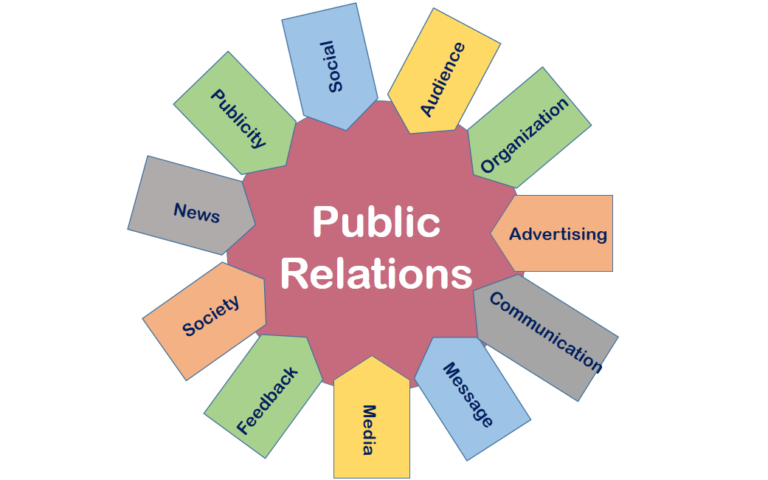
Tools
- Written Word
- Newspapers and periodicals
- Press releases
- Press conferences
- House journals
- Advertising
- Audio-visiual
- Radio
- Television
- Films
- Other Media
- Photographs
- Folk media
- Exhibitions
- Oral communication: Oral communication is personal communication. It is persuasive communication. A person can word his message differently for different people. He can have a free and frank discussion and work around the listener’s biases. The talk between two persons is based on trust and mutual goodwill. Either they arrive at an agreement or they agree to differ and persist the discussion later. Mahatma Gandhi and Jawahar Lal Nehru were no great orators but they spoke from their heart and their words, like bullets hit the bull’s eye. They practiced what they preached and were the heroes of the Indian people.
How to be Effective
A PRO must be master in oral communication. He does not push out press releases all the time but talks most of the time to his colleagues within the organization or with representatives of the press. Occasionally he is also called upon to deliver formal speeches or organize group discussions and seminars. The preparation of speeches or organize group discussion and seminars. The preparation of speeches or organize group discussions and seminars. The preparation of speeches is often the task of the public relations department. Orators are born not made but it is possible for most people to attain a good standard of public speaking if they are prepared to take some trouble. A short speech, delivered with feeling, will always hold more weight than a long address read carefully from a prepared script. One has to weigh his words before speaking and cultivate the art of conducting conversation. Here is a list of few points for oral communication given by Baldeo Sahai in his book, Public Relations-A Scientific Approach.
- Seriousness of purpose is the secret of being a good conversationalist and a successful public relations officer. While collecting information from a senior executive the objective is to publicize the activities of his department and build up a better image of the organization.
- In his dealings, with press representatives, public men or office colleagues it is necessary to retain their confidence. Whatever has been told to him in confidence should never be divulged. Official secrets should never be disclosed. A secret is a secret. It is not to be told even to the friendliest correspondent.
- Between management and workers, a PRO should try to carve out a place so as to enjoy the confidence of both. While talking to workers he should find out what is nagging them most and express their genuine grievances to the right quarters. He may put across management’s point of view before the workers in a friendly manner. In this way he can bring about better management-labour relations.
- Like a journalist, a PRO is supposed to know everything of something and something of everything. A PRO who has wide-ranging interests and can talk intelligently on many topics will be more victorious in his profession.
- One salutary principle of a good conversationalist is never to talk ill of anybody. Always talk about the good point of a person and be liberal in your praise. Don’t discuss a person’s defects. Worldly wisdom dictates that it is not helpful to talk ill of people.
- To be an excellent talker, it is necessary to be a good listener. A verse in Urdu says that one should speak once after listening twice because God has given us only one tongue and two ears. If one talks less and listener more he will kill two birds in one shot.
- PRO may also be called upon to organize group discussions, seminars or symposia. He should maintain a list of authoritative speakers on various topics. At times it may be necessary to have a mass meeting to put across certain ideas or policies where necessary. The press may be invited to cover such functions and adequate arrangements made for proper seats and supply of background material.
Guidelines for PRO
- A PRO should first make a decision what he wants to say and put down his ideas lucidly and briefly.
- It is better to get in touch with the Deputy Director General at the Centre or the Station Director of the region for arranging talk, discussion or an interview, etc. Given him all the relevant information, including if possible the names of authorities who can speak on the subject with intimate knowledge.
- Programs beamed for the ruralites should not be confident to subjects of rural interest. The objective should be to keep village people informed generally on all important developments in a country. The tool is to be pressed into service to transform their ‘inner picture’ and change their outlook from the bullock cart to the jet age stage. It is, therefore, necessary in the national interest, to include news about all types of development activities in rural programs.
- Women constitute almost half of the population. As with the rural population, the information level of women has to be raised. Here it is not an event but a process which has to be projected. For that, a special feature story or a skit about the activities of the organization can work wonders if presented in an interesting form. If necessary, the PRO may commission professional literatures to help him.
- Recast your material to suit the mental level of your listeners. An eye must be kept on the possibility of utilizing other special audience program like those for industrial workers and youth.
- Try to sponsor a radio feature on special occasions like completing a decade, a silver or golden jubilee, launching a new venture, achieving a breakthrough in research and development, exports or import substitution.
- When organizing a program on radio, try to avoid a straight talk, even though it may be from the chief executive. The PRO is concerned with the success of the programs. It should make an impact, stimulate thinking, invite comments, people should talk about it. It’s good to have a group discussion, or at least an interesting interview.
[This article is published by Media Center-IMAC in interest of student awareness and career guidance. Media Center-IMAC specializes in Post-Graduate/Under-Graduate diploma courses in Media Studies and Mass Communication & TV journalism. With practical oriented and industry specific course, Media Center- IMAC is a prominent institution in Delhi.
Our alumni have proven themselves in the media world and are currently working at prestigious media organizations and top news channels. Besides full time diploma courses, Media Center-IMAC also offers specialized certificate courses in TV reporting, Digital marketing, video editing, radio jockeying, photography and many more.
For more info, visit: http://www.mediacenterimac.com/
Or email at: mediacenterimac@gmail.com
Or call at: 011 43489010, 8076807939.]

